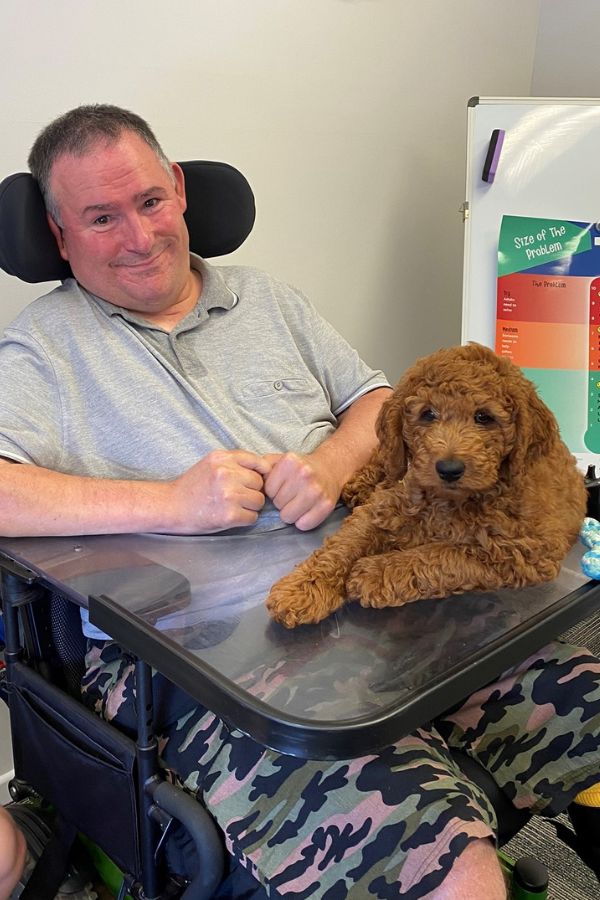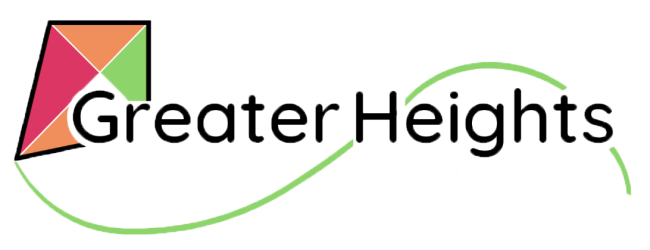Animal Assisted Therapy Toowoomba

At Greater Heights, we are working towards offering our clients a local service that can professionally and responsibly include Animal Assisted Therapy (AAT) in their care. We currently have two beautiful, caring dogs in training through Therapy Dogs Australia.
Humphrey is a Groodle (Poodle/Golden Retriever mix) who adores spending time with as many different people as he can meet. He makes a point of greeting every person in the room individually before sitting back to observe the proceedings. He is a big softie who can be a bit of a ‘’goofball’’ at times.
Winston is a Bordoodle (Poodle/Border Collie mix). He is remarkably intelligent and has an innate ability to “read” people and situations and adjust his manner of interacting accordingly. He is agile (leaping across sheep’s backs would be easy for him) and can sometimes be a bit cheeky. Winston loves big cuddles from anyone willing to offer him one.
What is animal assisted therapy?
“A goal-directed intervention in which an animal meeting specific criteria is an integral part of the treatment process. AAT is delivered and/or directed by a health/human service provider working within the scope of his/her profession. AAT is designed to promote improvement in human physical, social, emotional, and/or cognitive functioning” (Brooke & Myers, 2015, p. 287).
When engaged in AAT, you will continue to receive the recommended evidence-based, clinical interventions for your condition, while having a specially trained animal incorporated into your therapy sessions. It is always your choice to have an animal involved in your therapy sessions.
What are the benefits of Animal Assisted Therapy?
The scientific research documenting the benefits of AAT is mounting. Some of the proven benefits include:
- Therapy dogs an initiate and expediate the rapport-building process in a therapeutic relationship.
- The presence of a friendly dog can reduce children’s blood pressure & heart rate.
- Speaking to & patting a dog can reduce stress indicators in children.
- During speech pathology sessions, it was found that the involvement of a therapy dog increased the quality and quantity of patient communication compared to traditional speech therapy sessions.
- Adults experiencing heart failure showed significant reductions in epinephrine and norepinephrine levels, and significant reductions in systolic pulmonary artery pressure and pulmonary capillary wedge pressure, during and after interacting with a therapy dog (compared to groups who did not access dogs). These are benefits for everyone – not just cardiac patients.
- Oncology patients who chose to have treatment in rooms with therapy dogs had a significant increase in oxygen saturation than those who did not. Again, a benefit for everyone!
- People who spent 5min with therapy dogs experienced decreased serum and salivary cortisol – physiological markers of stress.
- An aquarium in hospital rooms has been shown to reduce stress levels of adult patients awaiting surgery. We have an aquarium in our waiting and see first-hand its calming benefits every day.
People come to therapy to learn and practise new skills. We know that people learn best when they are “in the zone” for learning, and a therapy dog can induce this state in the humans they spend time with.



